OHSU scientist awarded $25 million grant to further HIV vaccine research
On Sept. 3, 2014, Oregon Health & Science University (OHSU) announced it had been awarded a $25 million…
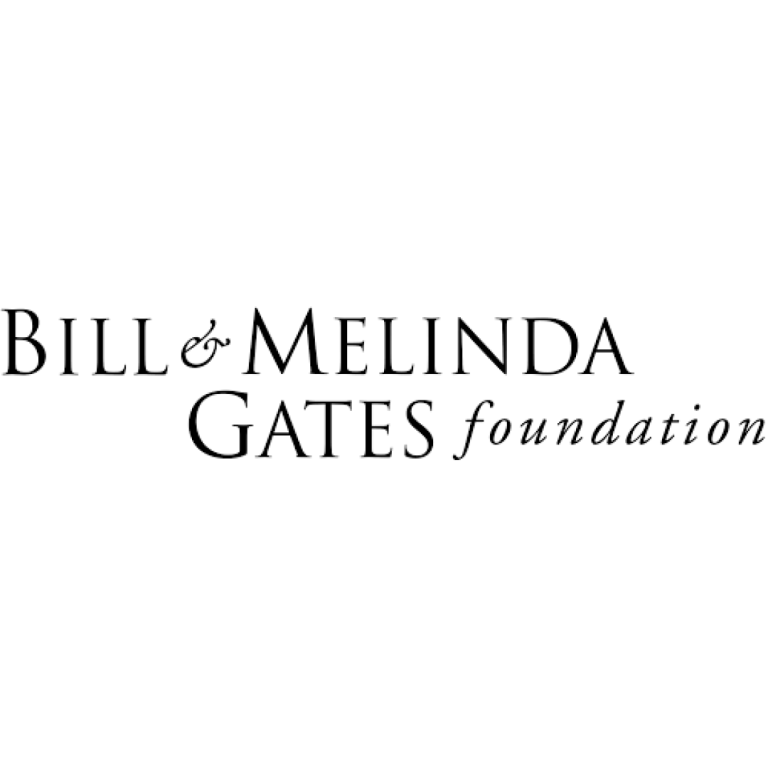
On Sept. 3, 2014, Oregon Health & Science University (OHSU) announced it had been awarded a $25 million…
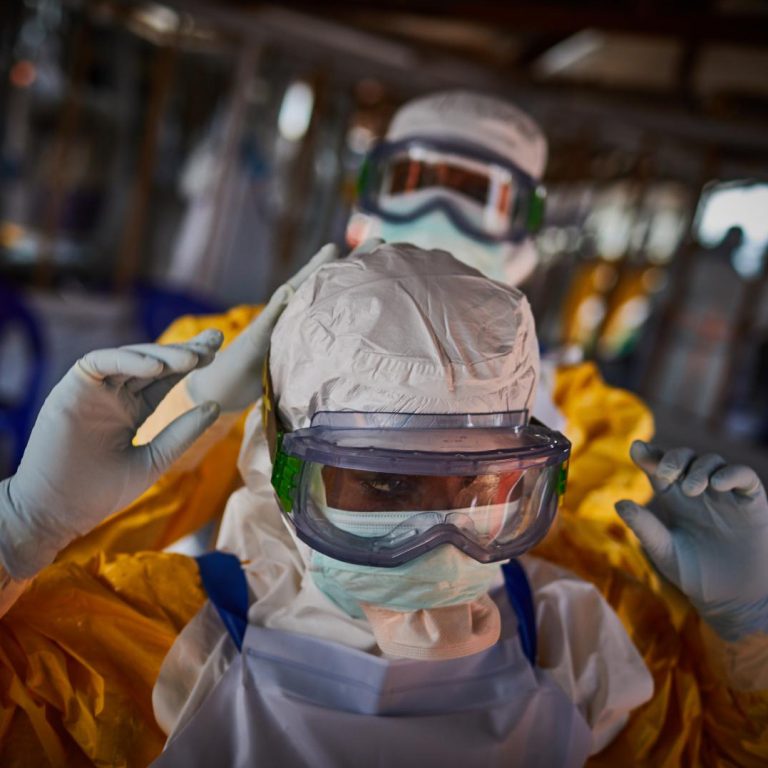
On Jul. 9, 2014, the U.S. Centers for Disease Control and Prevention (CDC) activated its Emergency Operations Center…
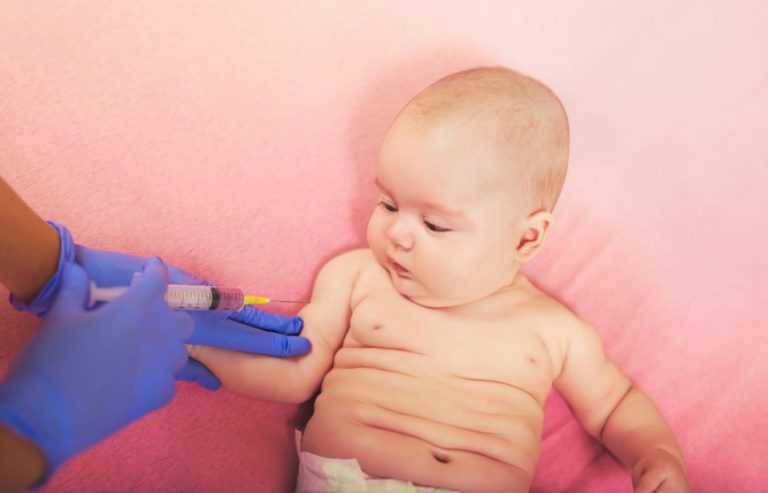
On Jun. 20, 2014, the U.S. Centers for Disease Control and Prevention (CDC) published Immunization Practices Advisory Committee…
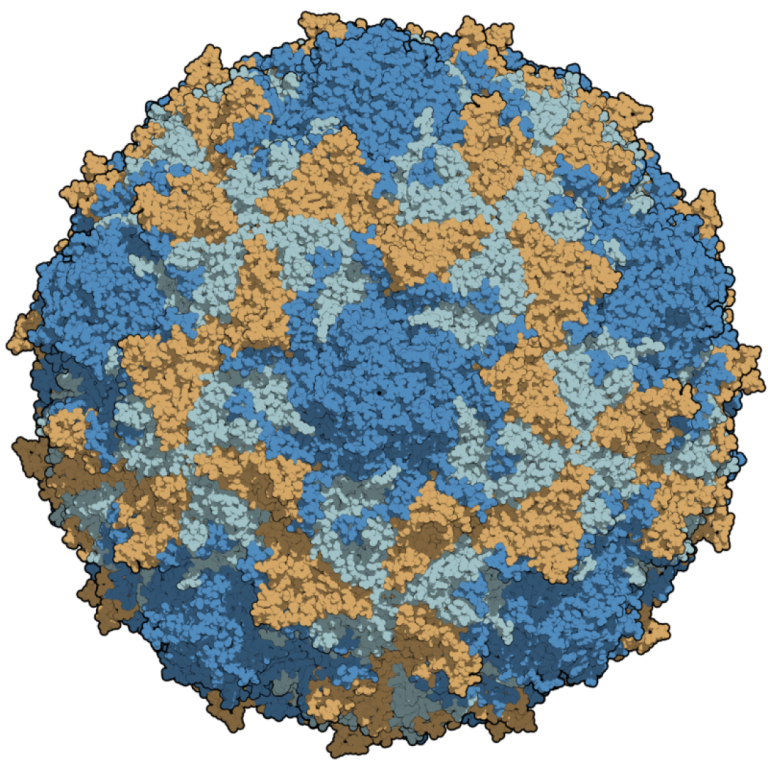
On May 5, 2014, the World Health Organization (WHO) Director-General declared the international spread of wild poliovirus a…

On Feb. 28, 2014, the U.S. Centers for Disease Control and Prevention (CDC) published Immunization Practices Advisory Committee…
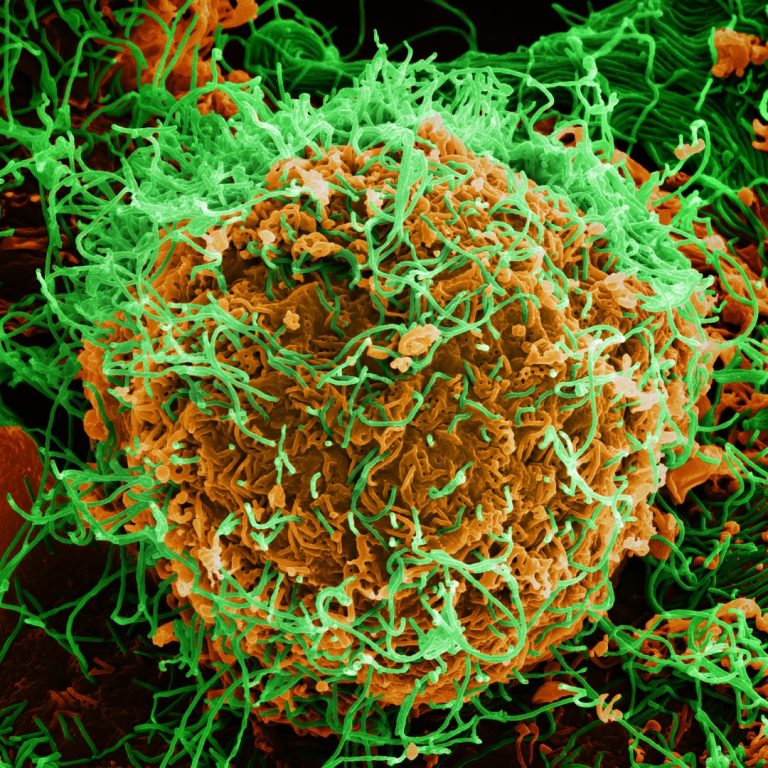
In 2014, the World Health Organization (WHO) reported that largest outbreak of Ebola in history had occurred, and…
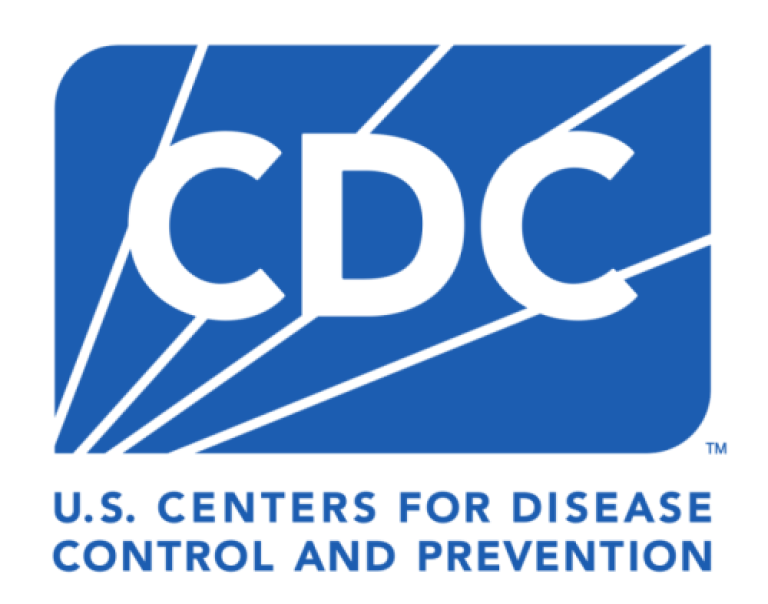
On Aug. 1, 2014, the U.S. Centers for Disease Control and Prevention (CDC) initiated the Global Heath Security…
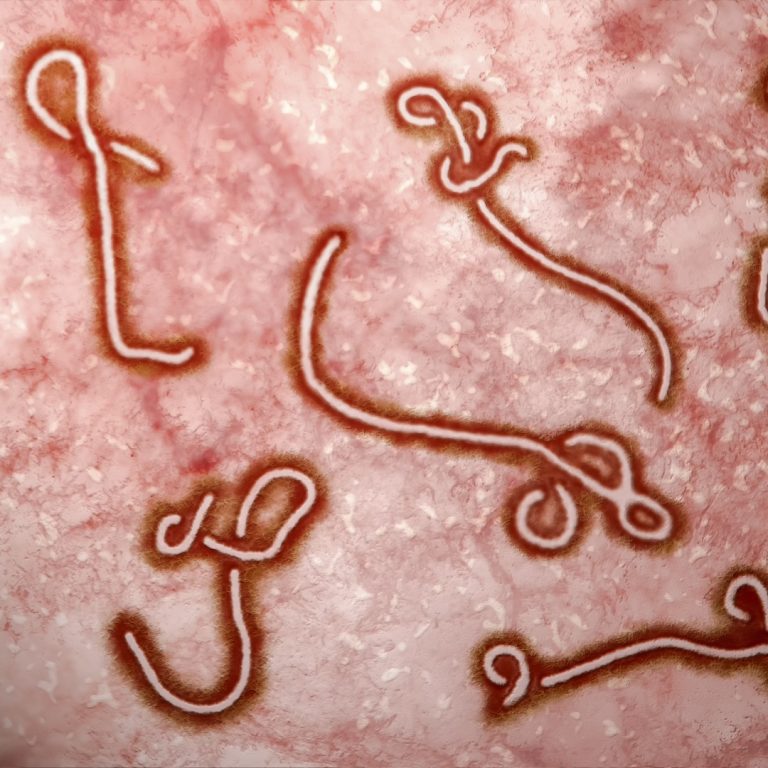
On Dec. 26, 2013, a 2-year-old boy in the remote Guinean village of Meliandou fell ill with a…
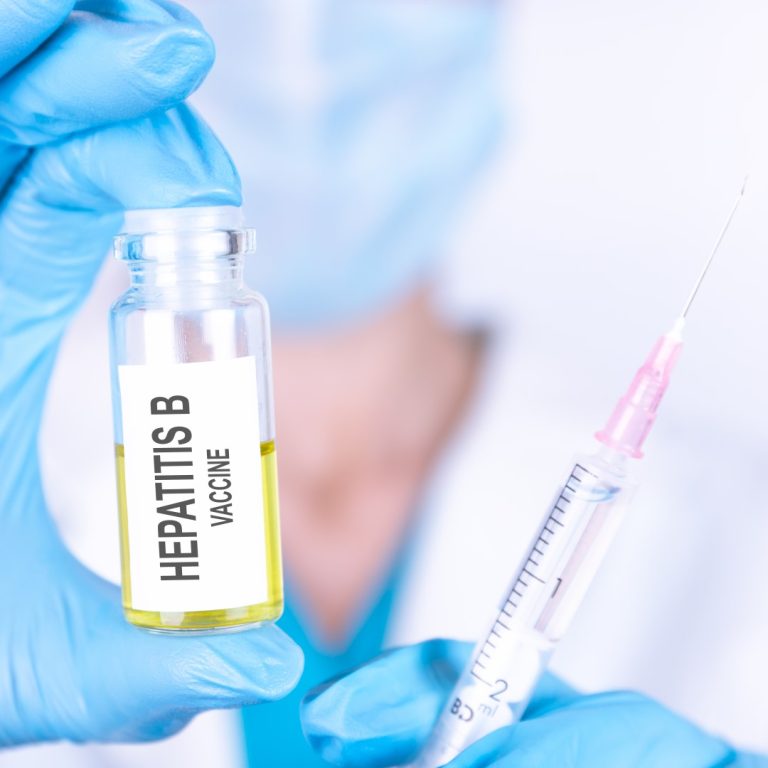
On Dec. 20, 2013, the U.S. Centers for Disease Control and Prevention (CDC) published guidance for HBV protection…
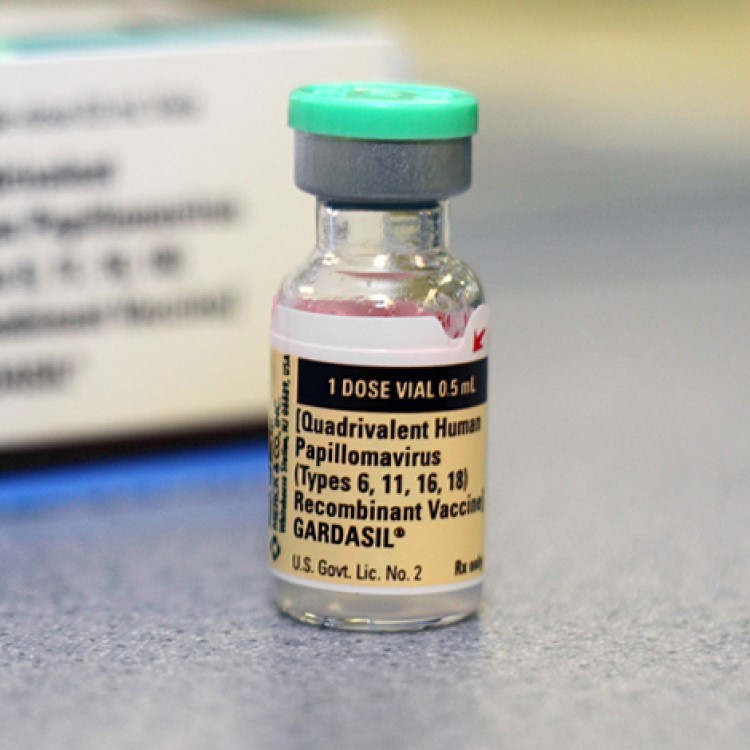
On Dec. 16, 2013, the Centers for Disease Control and Prevention (CDC) was informed by Merck that the…

On Nov. 28, 2013 “Project Tycho,” was a mammoth study that tracked nearly 88 million cases of disease…
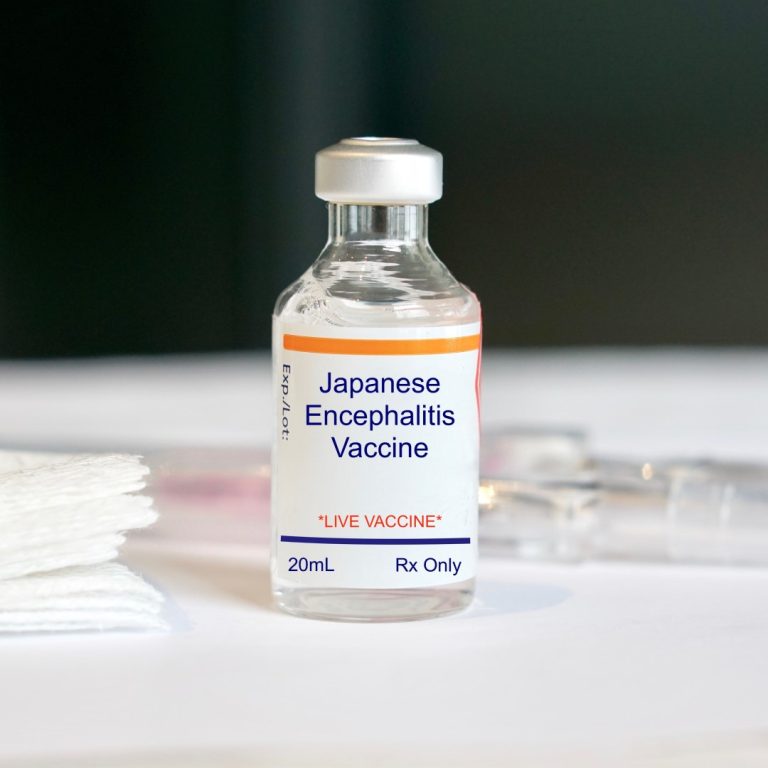
On Nov. 15, 2013, the Advisory Committee on Immunization Practices (ACIP) voted to extend existing recommendations for use…
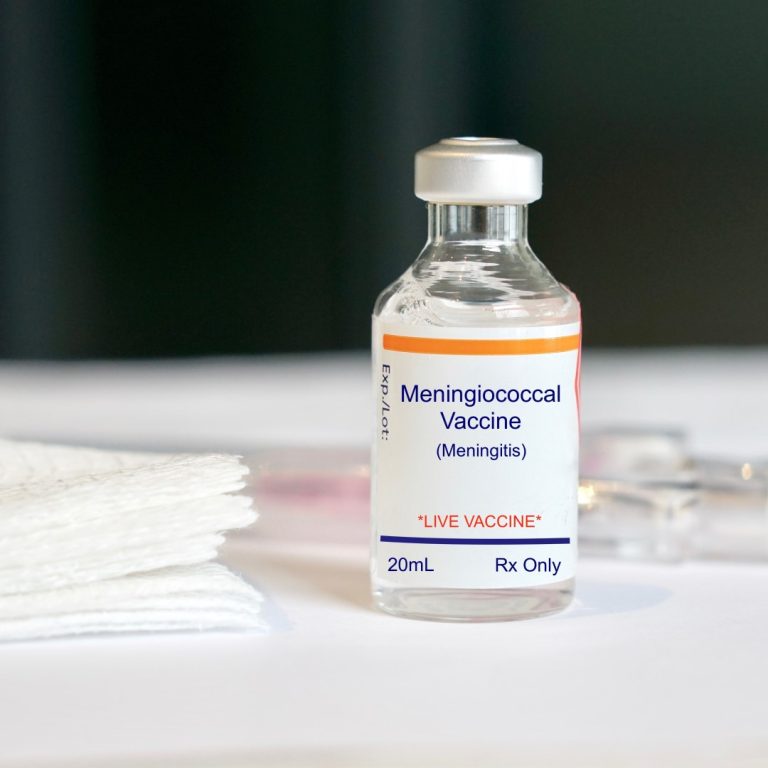
On Aug. 1, 2013, Novartis announced the U.S. Food and Drug Administration (FDA) had approved Menveo (Meningococcal [Groups…
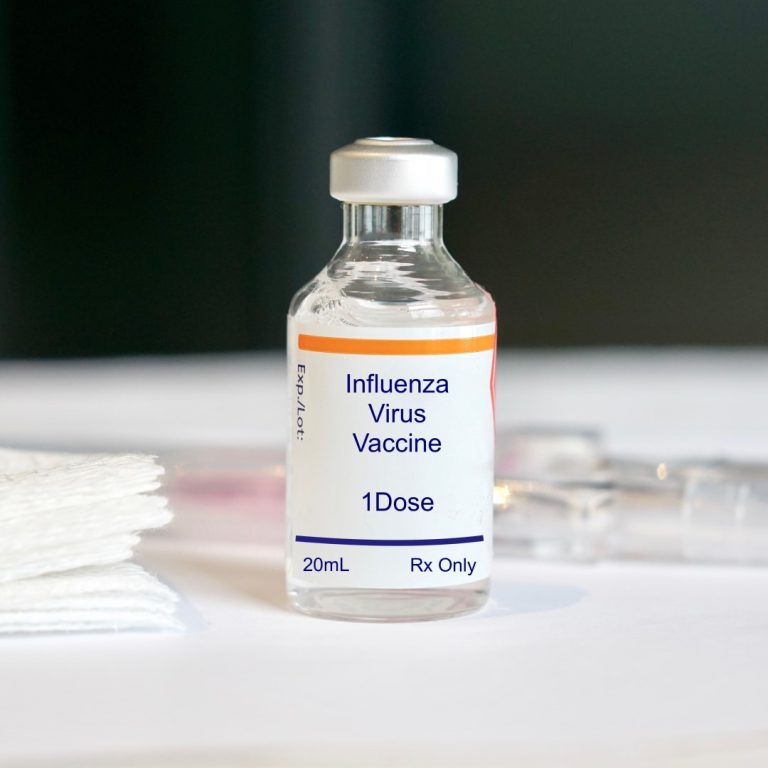
On Jul. 2, 2013, the U.S. Centers for Disease Control and Prevention (CDC) partnered with Association of Public…
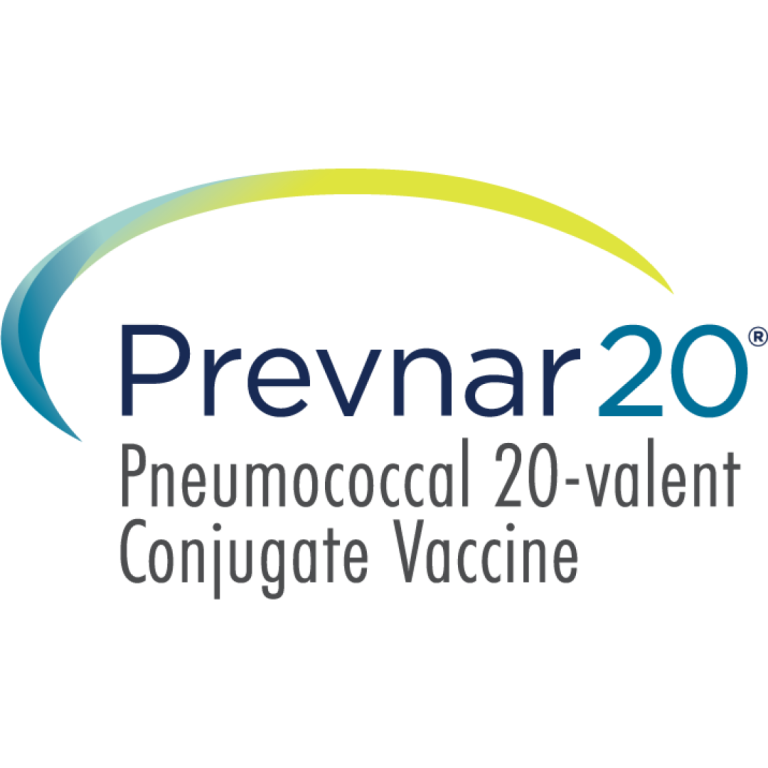
On Jun. 28, 2013, the Advisory Committee on Immunization Practices (ACIP) recommended routine use of 13-valent pneumococcal conjugate…
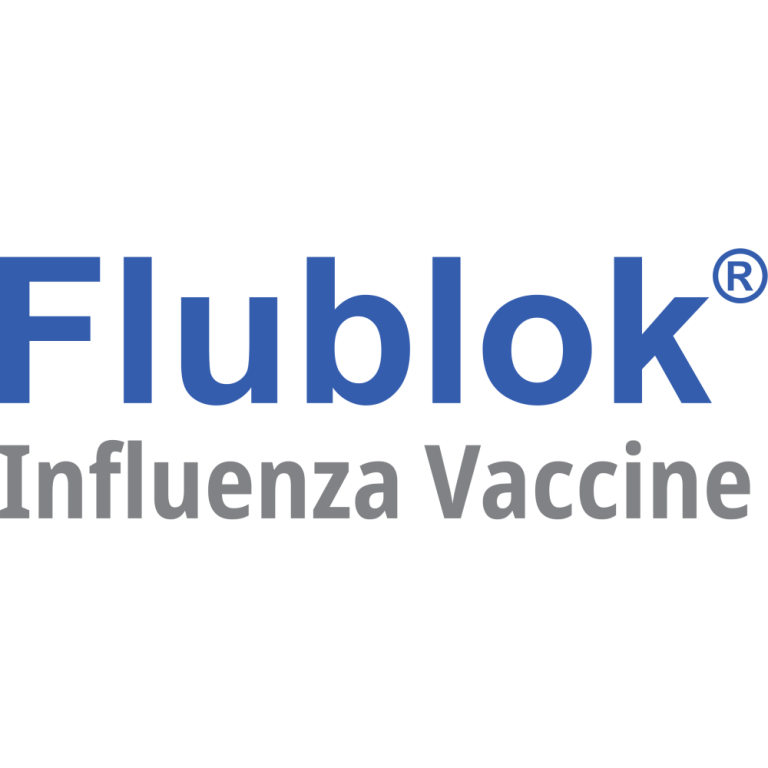
On Jun. 20, 2013, the Advisory Committee on Immunization Practices (ACIP) voted 13 to 0, in favor of…
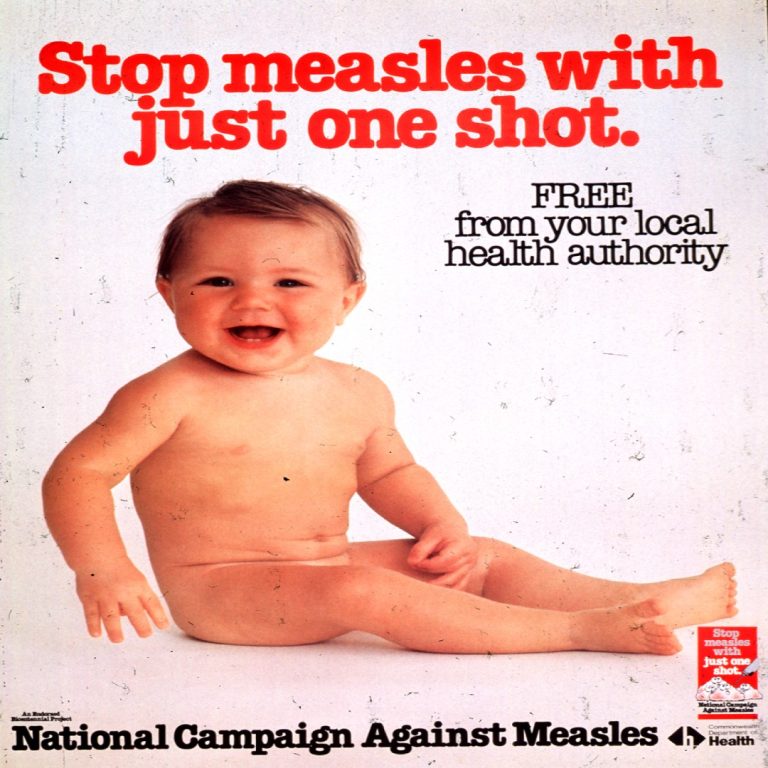
On Jun. 14, 2013, the U.S. Centers for Disease Control and Prevention’s (CDC) Advisory Committee on Immunization Practices…

On Jun. 10, 2013, Sanofi Pasteur announced the U.S. Food and Drug Administration (FDA) had approved the supplemental…
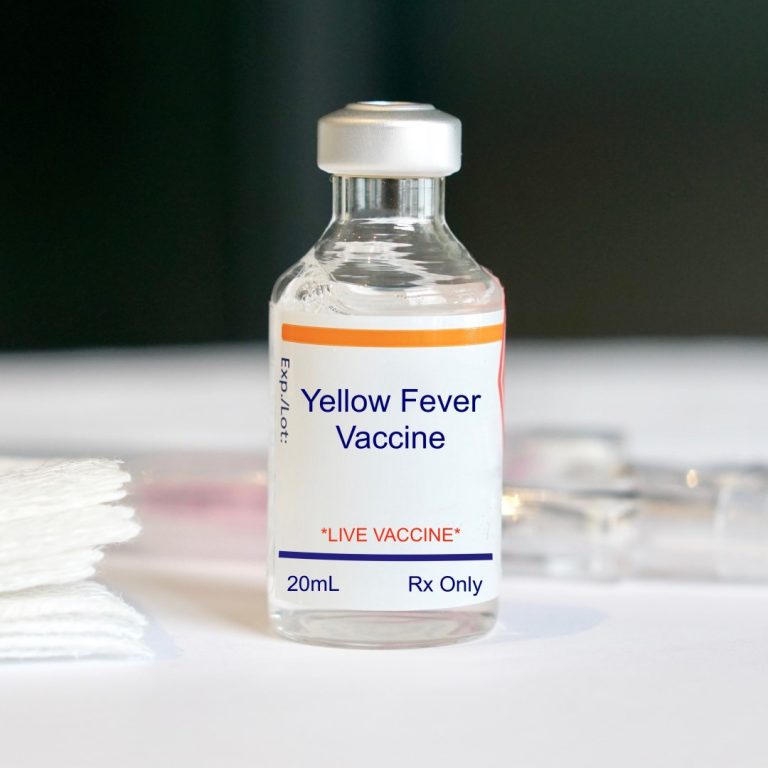
On May 7, 2013, the World Health Organization (WHO) announced that the yellow fever ‘booster’ vaccination given ten…
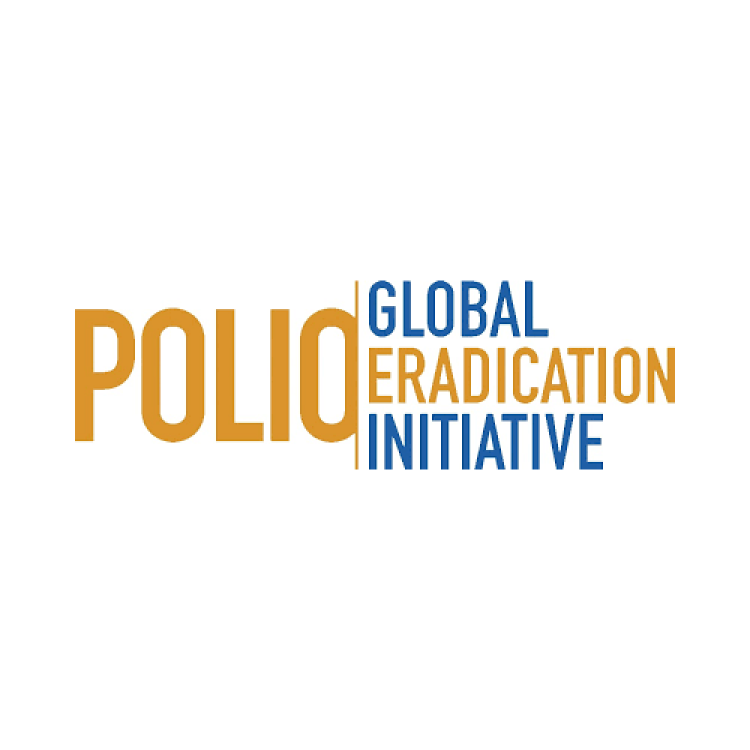
On Apr. 25, 2013, the Global Polio Eradication Initiative (GPEI) announced a comprehensive six-year plan, the first plan…

On Mar. 26, 2013, GlaxoSmithKline and the Texas A&M University System announced that the U.S. Department of Health…
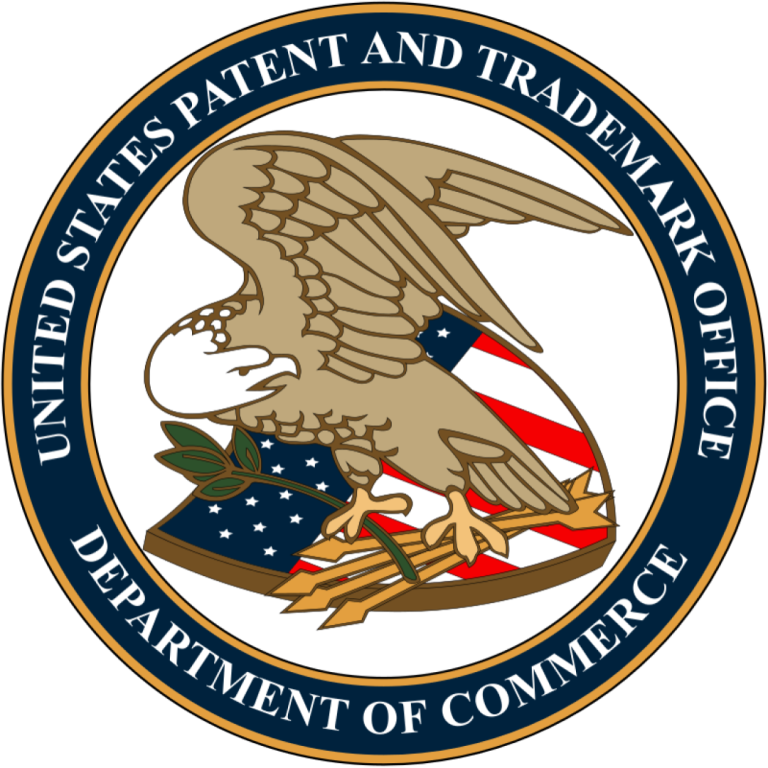
On Mar. 16, 2013, the U.S. Patent and Trademark Office (USPTO) implemented the first inventor to file (FITF)…

On Feb. 22, 2013, the Advisory Committee on Immunization Practices (ACIP) recommended that unvaccinated pregnant women receive a…
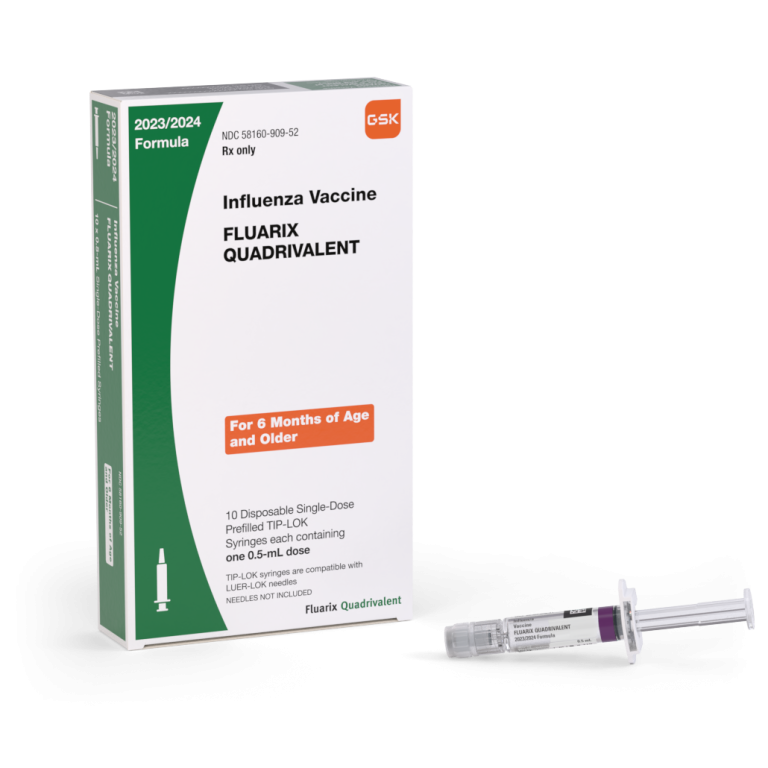
On Dec. 14, 2012, the U.S. Food and Drug Administration (FDA) announced it had approved GlaxoSmithKline’s quadrivalent formulation…
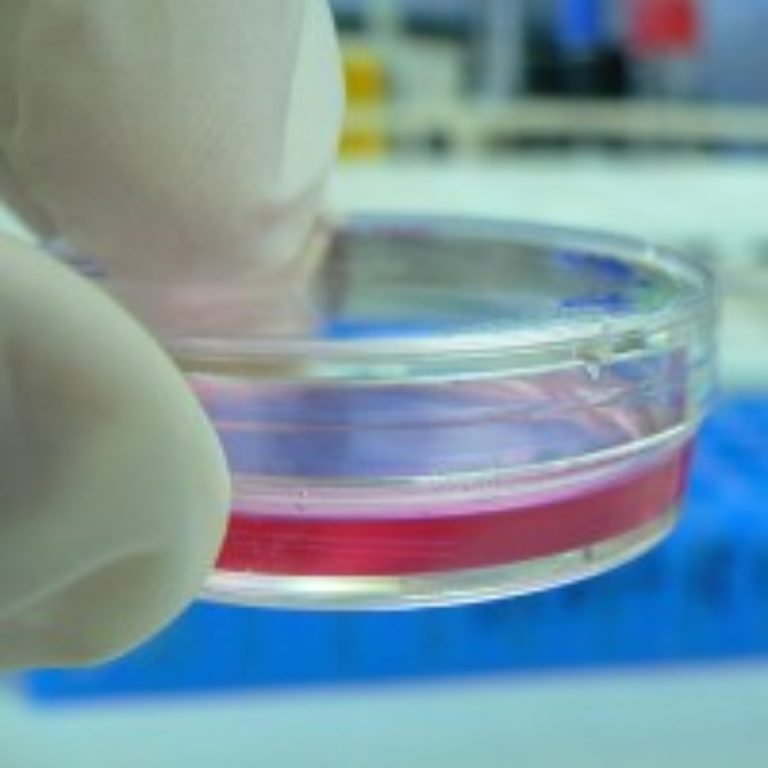
On Nov. 20, 2012, the U.S. Food and Drug Administration (FDA) announced it had approved first seasonal influenza…
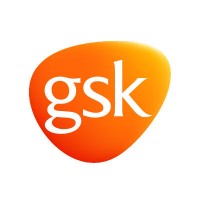
On Oct. 24, 2012, the Immunization Practices Advisory Committee (ACIP) voted to recommend use of HibMenCY (Menhibrix, GlaxoSmithKline),…
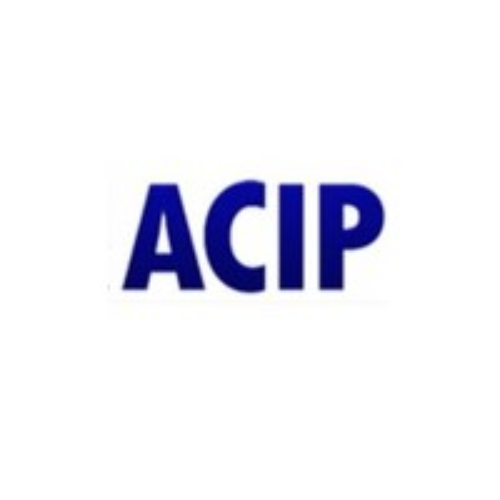
On Oct. 24, 2012, the Immunization Practices Advisory Committee (ACIP) voted 14-0 with one abstention to recommend that…
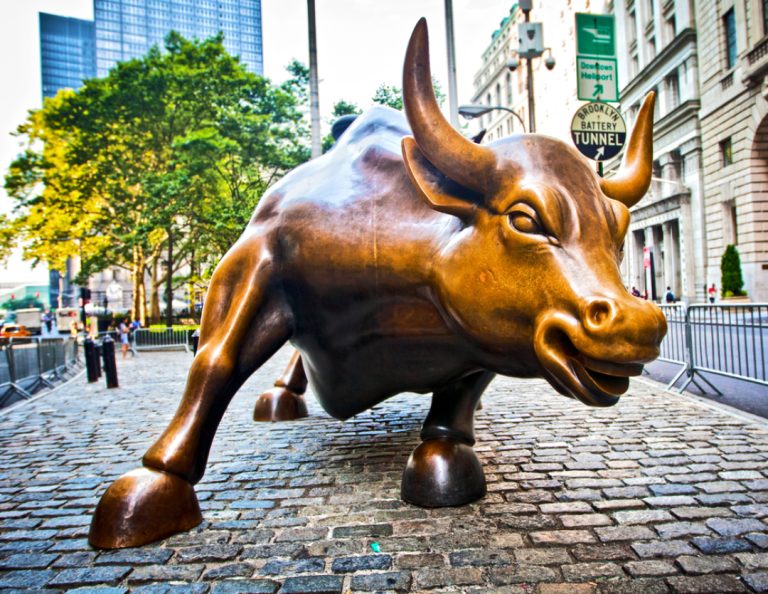
On Oct. 3, 2012, Takeda Pharmaceutical acquired LigoCyte for an upfront payment of $60 million, with future contingent…

On Jul. 4, 2012, the Serum Institute of India made its first International acquisition by acquiring Bilthoven Biologicals,…
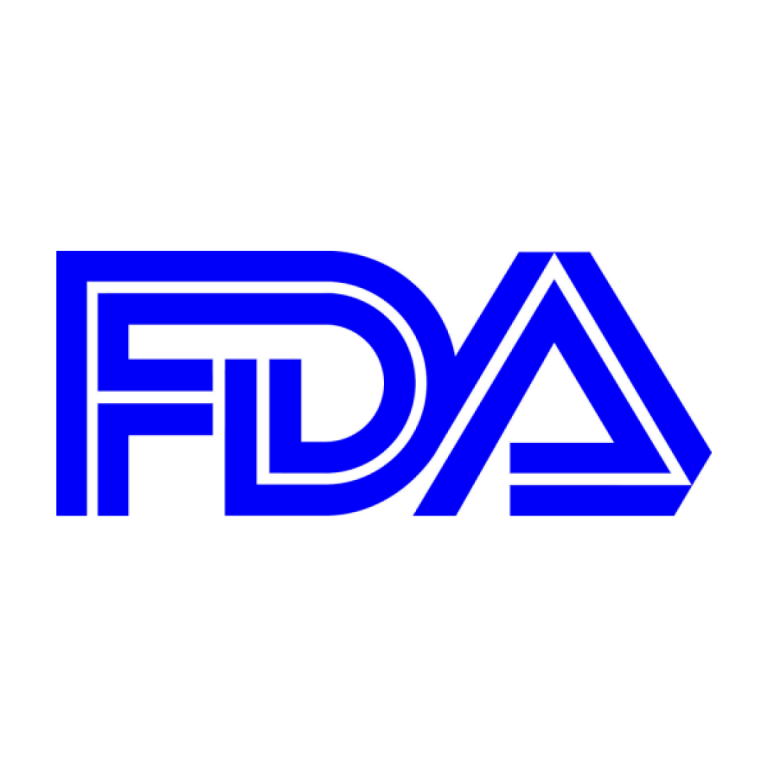
On Jun. 24, 2012, the U.S. Food and Drug Administration (FDA) announced it had approved HibMenCY (Menhibrix, GlaxoSmithKline),…